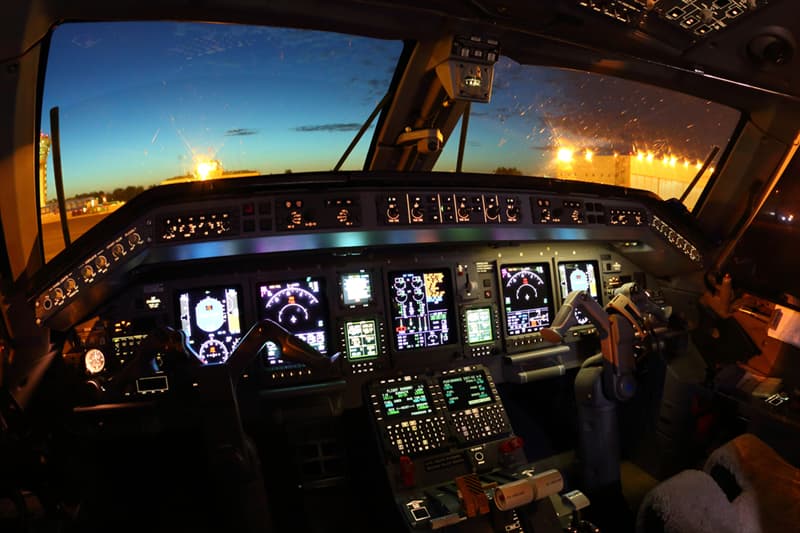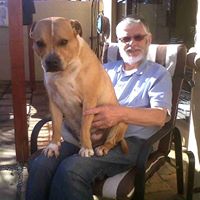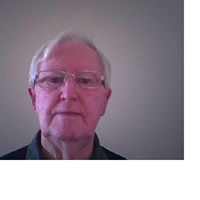How does autopilot work on an airplane?

There are essentially a few types of features that different autopilots have. Some autopilot only have some of these features while the more powerful autopilots do it all.
- Heading hold - There’s a small indicator that the pilot can set on the desired heading and the airplane will fly that heading. This feature doesn’t take the need for wind correction to desired routing into account, that’s left to the pilot.
- Heading and Navigation - In addition to holding a heading, this version will take an electronic navigation input (e.g. GPS or VOR) and will follow (fly) that navigation reference. It’s sort of like an automated car in that it follows the navigator’s input and the pilot monitors.
- Altitude hold - Again, in addition to the above, a desired altitude can be set and the aircraft will fly at that altitude. Some autopilots have the capability for the pilot to select a desired altitude and a climb or descent rate and the aircraft will automatically climb or descend to that altitude and then hold the altitude.
- Instrument approaches - Autopilots with this capability will fly preprogrammed instrument approaches to the point where the pilot either takes control and lands or has the autopilot execute a missed approach.
The autopilot is a powerful computer that takes input from either the pilot or a navigation device and essentially does what it is told to do. GPS navigators, for example, can have a full flight plan entered from departure to destination and the autopilot will follow the navigator’s guidance.
These are the majority of the controls on the autopilot installed in my airplane.
HDG Knob = Heading knob - Used to set the desired heading
AP = Autopilot - pressing this turns the autopilot on
FD = Flight Director - A form of navigational display that the pilot uses
HDG = Heading - Tells the autopilot to fly the heading set by the Heading Knob
NAV = Tells the autopilot to follow the input from the selected navigator
APR = Tells the autopilot to fly the chosen approach
ALT = Tells the autopilot to manage the altitude - controlled by the following:
VS = Vertical Speed - Tells the autopilot to climb or descend at the chosen rate
Nose UP / Nose DN = Sets the climb/descent rate in Feet Per Minute
FLC = Flight Level Change - an easy manual way to set the autopilot
ALT Knob = Used to enter the desired altitude
Have you learned something new about airplanes today?
Interesting Facts
7 images that depict life from a different point of view
8/11/2021
by
brian l
In today’s post, we would be sharing these seven photos that show life from another perspective.
7 things people never expected to see
8/8/2021
by
Della Moon
These pictures of unusual objects people stumbled upon and had a chance to take a picture of will absolutely blow your mind!
An abandoned cat becomes an Instagram sensation after finding a home
8/2/2021
by
brian l
This post is about a really cute cat that had no idea how popular he was going to get after getting his new home.
9 things that should be used to make our lives easier
8/15/2021
by
brian l
With these nine images, we would be showing things that should be used worldwide to make our lives better!
You never knew these 8 facts were actually true!
8/7/2021
by
Della Moon
Get ready for a set of big surprises, as you definitely never expected these 8 facts to be true...













